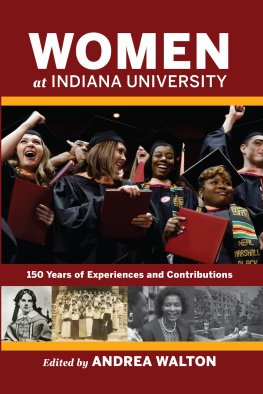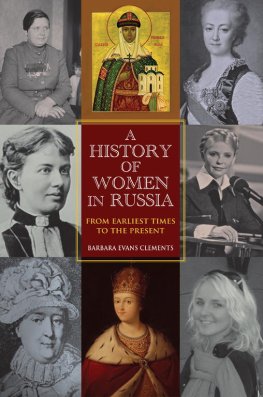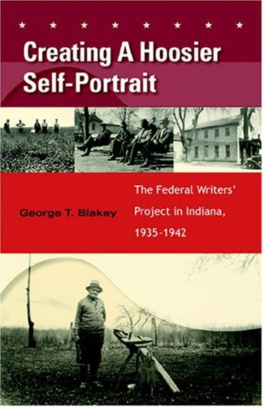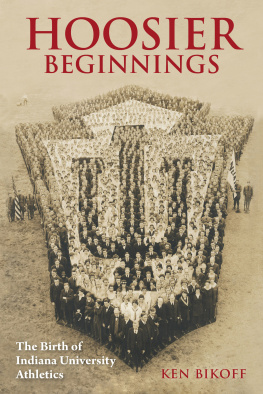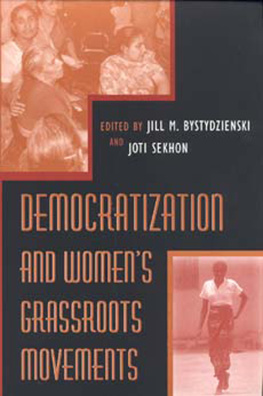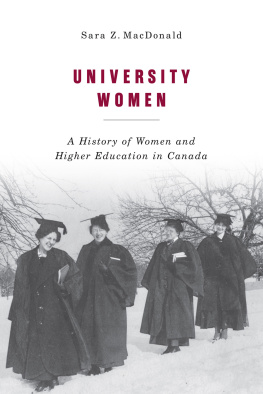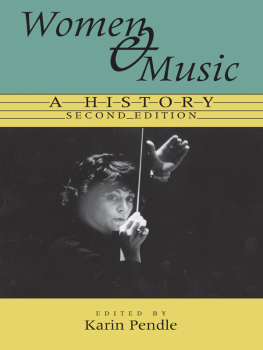Table of Contents
Guide
WOMEN AT INDIANA UNIVERSITY

This book is a publication of
Indiana University Press
Office of Scholarly Publishing
Herman B Wells Library 350
1320 East 10th Street
Bloomington, Indiana 47405 USA
iupress.indiana.org
2022 by Indiana University Press
All rights reserved
No part of this book may be reproduced or utilized in any form or by any means, electronic or mechanical, including photocopying and recording, or by any information storage and retrieval system, without permission in writing from the publisher. The paper used in this publication meets the minimum requirements of the American National Standard for Information SciencesPermanence of Paper for Printed Library Materials, ANSI Z39.48-1992.
Manufactured in the United States of America
First printing 2022
Cataloging information is available from the Library of Congress
ISBN 978-0-253-06245-1 (hardcover)
ISBN 978-0-253-06247-5 (paperback)
ISBN 978-0-253-06246-8 (e-book)
Cover Illustrations: Top, Graduates cheer during the Indiana University Bloomington Graduate Commencement at Assembly Hall on Friday, May 3, 2019, by James Brosher, copyright Trustees of Indiana University. Bottom row, Sarah Parke Morrison, Grace Jackson Brown, and the women of Alpha Hall; used with kind permission of Indiana University Archives.
CONTENTS
First and foremost Id like to thank the IU women whose stories are explored here and to whom this book is dedicated. Their stories have provided us with inspiration, compelled us to reflect, and energized us throughout the project. Contributors also owe a debt of gratitude to generations of historians whose work on women in education has shaped our own.
I had mused about editing a book on women at IU for quite some time. My service as Bloomington campus historian for the IU Bicentennial nudged me to rearrange some other projects, solicit contributors, and propose the book to IU Press. I am very glad I did. Working on the project, I learned more about my home institution but also gained new perspectives on the intersecting threads of womens fight for educational opportunity and broader developments in higher education. In particular, I gained a deeper appreciation of the history of coeducation at state universities and the importance of regional culture and state history in shaping campus climate. I expect my work on this edited book is just the beginning of a new thread in my research.
I could not have produced this volume without the colleagues whose essays appear in these pages. A heartfelt thank you to them for saying yes to my invitationfor their willingness to share their research and to make room in their busy teaching and research schedules to take this journey with me. I especially appreciated their patience and understanding as we navigated completing the book during the uncertain and extraordinarily challenging days of the pandemic.
Thank you to Kelly Kish, Director, Office of the Bicentennial, and James Capshew, University Historian, for involving me in various activities related to IUs observance of its two-hundredth anniversary. They were enthusiastic about the project when I first described it, have been encouraging throughout, and have been firm believers in the value of historywherever research leads. Similarly, Gary Dunham, Director of IU Press, lent his full support and has patiently shepherded this project, even as operations went remote. Peggy Solic, my first contact at IU Press, offered her suggestions and assisted in the projects earliest stages. I appreciate the support and insight everyone has offered to me in my work as editor and all that IU Press staff members have done to bring this book to publication. Stephen Williams and his marketing team created a book cover that captures the spirit of the stories told in these pages. Nancy Lightfoot and Carol McGillivray, project managers, worked closely with me throughout the various stages of producing the book and were a constant support. I appreciated the energy and creativity they brought to working on the project. This book has been part of my life for quite some time, from the early idea as part of the IU Bicentennial observance, through a pandemic, and, now, finally, to publication. It was a great relief to me that at the end of this long process Paula Durbin-Westby would use her skill to prepare an index to guide readers as they explore the 150 years of IU womens history discussed in this volume.
I owe a debt to the students who provided timely research assistance and helped with various other tasks related to producing the edited volume. Ree Palmer shared her knowledge of student affairs, especially the history of deans of women, and helped to compile a useful bibliography on IU history. She, with assistance from Sarah Jacobi, did a wonderful job advertising a number of brown bag discussions related to research that provided the backbone of various chapters. Pooja Saxena facilitated the logistics of organizing draft materials, finding suitable images, and securing permissions. Stephanie Nguyen wrote detailed research memos on her trips to the IU Archives, tracked down esoteric references and checked footnotes, and helped ready the manuscript for submission to IU Press.
IU has a superb library and archives system and a dedicated, knowledgeable staff who lent their expertise and support throughout the project. Dina Kellams, Director of University Archives, shared her knowledge of the collections and helped several contributors find needed resources; Kristin Browning Leaman, Bicentennial Archivist, and Barbara Truesdell, Assistant Director, Center for Documentary Research and Practice, brought a number of relevant oral histories to our attention and helped us access materials.
A number of staff in various IU Library units answered queries along the way, helped with permissions, and provided photosStephen Towne, Bradley D. Cook, Erika Dowell, Matt Sieber, Rhonda L. Seward, Shawn C. Wilson, and Scott Shoger.
Claire Repsholdt did an early sweep of IUB bulletins and faculty rosters to compile an initial list of interesting historical female figures who merited further study; even after her graduation from IU she remained an enthusiastic reader of draft material.
Colleagues in the broader field of higher education also read and commented on material related to their expertise. I appreciated input from Michael Hevel, University of Arkansas; Robert Schwartz, Florida State University; and Berenice Snchez, Idaho State University.
Finally, many thanks to my family members for sharing my enthusiasm and commitment to the project. Their generous, unwavering support made all the difference to me. They sat and talked through new ideas, provided feedback on draft material, and gave me time and space to write. I am forever grateful.
WOMEN AT INDIANA UNIVERSITY

The almost universal absence of women from college faculties is a grave defect in co-educational institutions; and negatively, at least, their absence has as injurious an influence upon young men as upon women.... Women in the faculty, women on the board of visitors, women on the board of trustees, holding these positions, not because of their family connections, not because they are the wives or sisters of the men in the faculty and on the boards, but because of their individual abilities, are the great present need of co-educational colleges. Only the presence of women in these places can relieve young men who are students in these institutions from an arrogant sense of superiority arising from their sex, and the young women from a corresponding sense of subordination.

